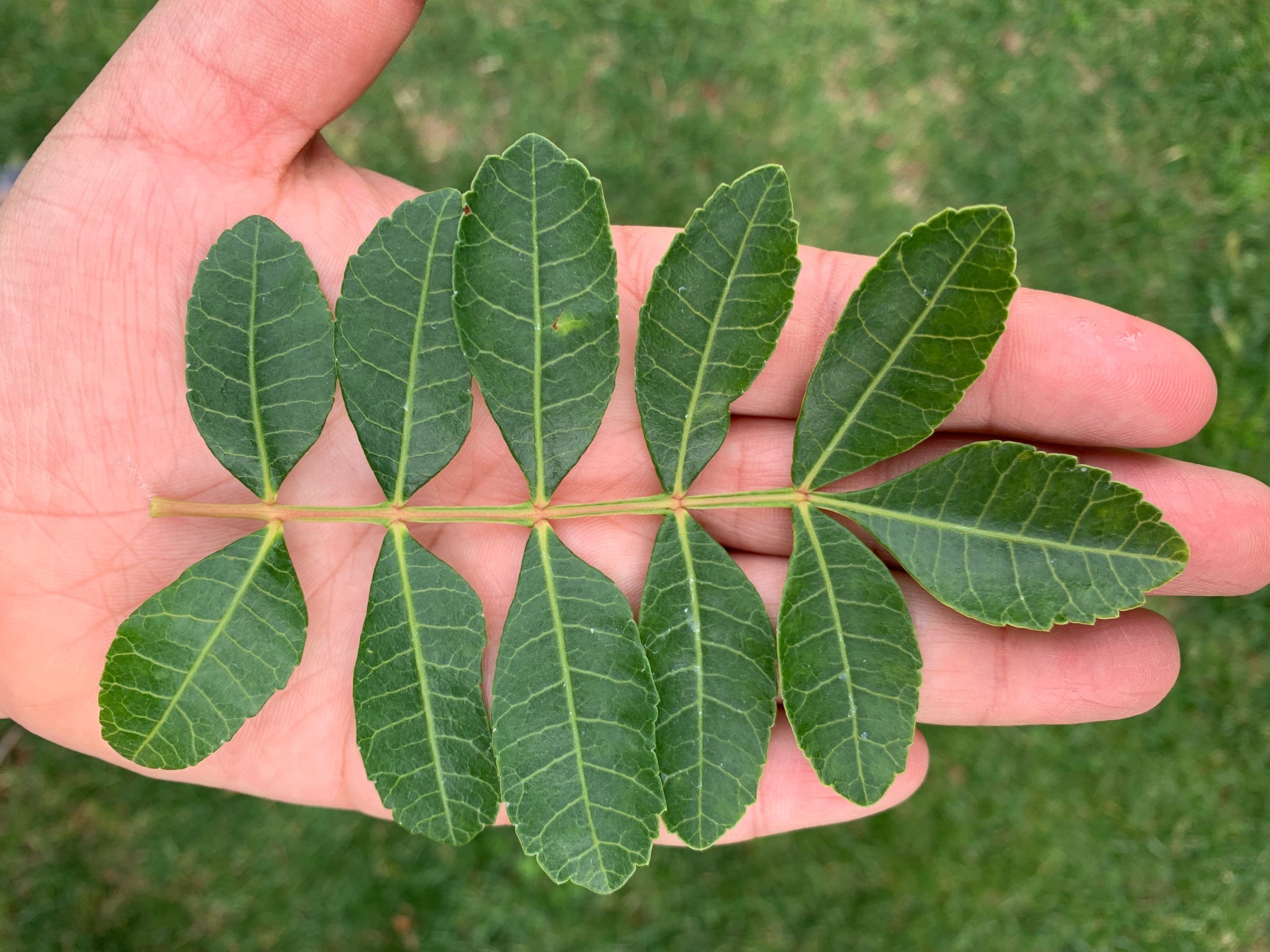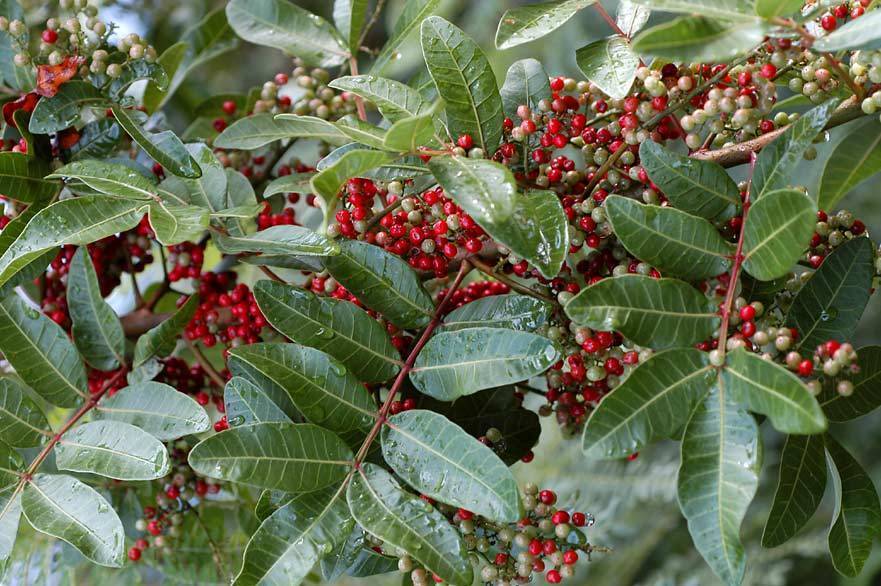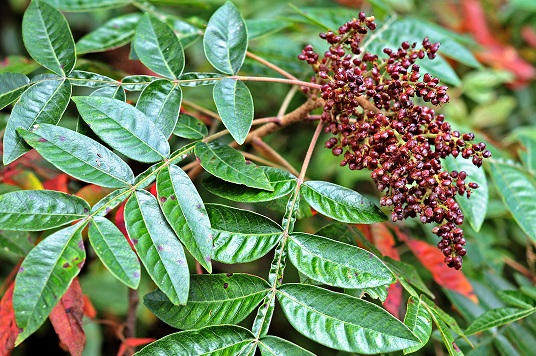It is also noted as invasive in Spain Portugal Australia New Zealand and Pacific Caribbean and Indian Ocean islands where. The Many Health Benefits of Liquid tincture from the bark is used as a stimulant and tonic.

Brazilian Pepper Tree Facts And Health Benefits
Summary of Invasiveness Top of page.

. They have properties of a digestive stimulant. Brazilian peppertree is still employed in herbal medicine today in many countries. Brazilian pepper tree was brought into Florida in mid-1800 for use as an ornamental plant.
For Candida and yeast infections 3. It is used for many conditions in the tropics including menstrual disorders bronchitis gingivitis gonorrhea gout eye infections rheumatism sores swellings tuberculosis ulcers urethritis urogenital disorders venereal diseases warts and wounds. Several studies have confirmed Brazilian pepper tree to be toxic against Staphylococcus.
Once you have cut split and then dried the wood it will burn well if you need it for firewood. Stem bark is used to treat inflammations scabies sore throat and itching. Related to poison ivy poison oak poison sumac the Brazilian pepper has the potential to cause dermatitis to those with sensitive skin.
To stop bleeding and heal wounds internally and externally. Brazilian Peppertree which is also known as Peruvian Pepper Tree Peppercorn Tree Californian Pepper Tree among many other common names is actually native to the Peruvian Andes. Resource Use Mechanisms of the Brazilian Pepper Tree Resource use mechanisms of BP are intertwined with the enemy release hypothesis where the effects of enemy release will be greatest for high resource use species that possess high nutrient uptake ability in resource rich environments Blumenthal et al 2009.
Brazilian peppertree is also considered an important nectar and pollen source by the bee industry in the United. Scientists Use Invasive Brazilian Peppertree to Treat MRSA Scientists Use Invasive Plant to Treat MRSA In a new study published this week in the journal Scientific Reports scientists found that an. However because the tree has a lot of sap internally you will need to dry it out before it can even be considered to be used for burning.
As a broad-spectrum antimicrobial and antiseptic against bacterial viral and fungal infections 2. Unlike its relatives the Brazilian Peppertree isnt used to season food. Virtually all parts of this tropical tree have been used for medicinal purposes throughout the tropics including its leaves bark fruit seeds resin and oleoresin or balsam.
Brazilian Peppertree Schinus molle - Colds Flus Respiratory Infections Menstrual Irregularies and Disorders. Brazilian peppertree is still employed in herbal medicine today in many countries. It has been used as a diuretic and for the treatment of tumors.
Brazilian pepper tree wood burns very well. Brazilian Pepper Tree Schinus terebinthifolius Watch later. It is an aggressive invader of disturbed.
1 However most contemporary uses of Brazilian pepper tree are focused on its activity against harmful organisms. Its incarnation in the United States is considered invasive in states such as California Florida and Texas with aggressive programs in place to eradicate it from natural ecosystems and disturbed habitats. Brazilian pepper tree since ancient times has been used as a diuretic and especially for treating tumors.
Once called Florida holly for its bright red berries Brazilian pepper branches were often used as Christmas decorations in Florida. Brazilian pepper tree has been used as a remedy for ulcers respiratory problems wounds rheumatism gout diarrhea skin ailments and arthritis as well as to treat tumors and leprosy in folk medicines. It is used for many conditions in the tropics including menstrual disorders bronchitis gingivitis gonorrhea gout eye infections rheumatism sores swellings tuberculosis ulcers urethritis urogenital disorders venereal diseases warts and wounds.
Some people have also expressed respiratory problems associated with the bloom period of pepper tree. The small pink fruits from this tree have been used by traditional Amazonian healers for generations to treat infections and wounds. Brazilian peppertree Schinus terebinthifolius.
To tone balance and strengthen heart function and as a heart regulator for arrhythmia and mild hypertension 4. Berries can be used as an astringent and they can be used to heal wounds. Brazilian pepper tree is the common name for the Schinus terebinthifolius tree a native of Brazil Argentina and Paraguay.
Brazilian Peppertree Imported from South America in the 1840s Brazilian peppertree quickly spread into natural areas taking over native tree hammocks pine flatlands and mangrove forest communities. The leaves of the plant are often dried to treat urinary tract infections and respiratory infections. It is unrelated to true pepper Piper nigrum.
CuresDecoded worldwide community recommends Brazilian Pepper Tree for. A native of Brazil Argentina and Paraguay it was first A native of Brazil Argentina and Paraguay it was first introduced into Florida in the mid1800s for use as an ornamental. The folk medicine uses of pepper tree are many and include relief from symptoms of ulcers respiratory concerns diarrhea and skin concerns.
The bees absolutely love the flowers it produces so it is a great pollinator attractor. Also even though the Brazil Pepper is considered invasivenuisance species it can actually be beneficial if properly controlled. Terebinthifolia native to South America is now a highly invasive species that has proved to be a serious weed in South Africa and the United States ie California Florida and Hawaii.
Brazilian pepper tree is used as anti-rheumatic anti-septic anti-inflammatory antifungal antimicrobial wound healing in the treatment of disorders related to skin Diaz et al 2008 and in anti-depressive treatment Machado et al 2007. Even touching berries of the Brazilian pepper tree can cause a skin rash or allergy. Holistic practitioners have used it for treating diseases like gout 1 rheumatism and even syphilis.
Its role is more medicinal. Menstrual Problems Effective Urinary Tract Infection UTI Effective Gout Effective Brain Tumor Effective Vaginosis Effective Rheumatism Effective Fungal Infection Effective Bronchitis Effective Cold Common Cold Effective Depression Effective. The wood of Brazilian pepper is used in construction as stakes posts and railway sleepers.
These berries have medicinal properties and can help treat bacterial infections viral infections and these berries can be made into a tonic.

Brazilian Pepper Tree Mlalazi Estuarine Floodplain Inaturalist

Could It Be A Brazilian Pepper Tree Uf Ifas Extension Pinellas County

Brazilian Pepper Tree A Berry With Big Benefits

Invasive Plant Spotlight Brazilian Pepper U S National Park Service

Brazilian Pepper Tree Facts And Health Benefits

Florida Researchers Use Pests To Help Control Pesky Brazilian Peppertree Plant Npr

Alternative Pepper Or Brazilian Pest Eat The Weeds And Other Things Too

